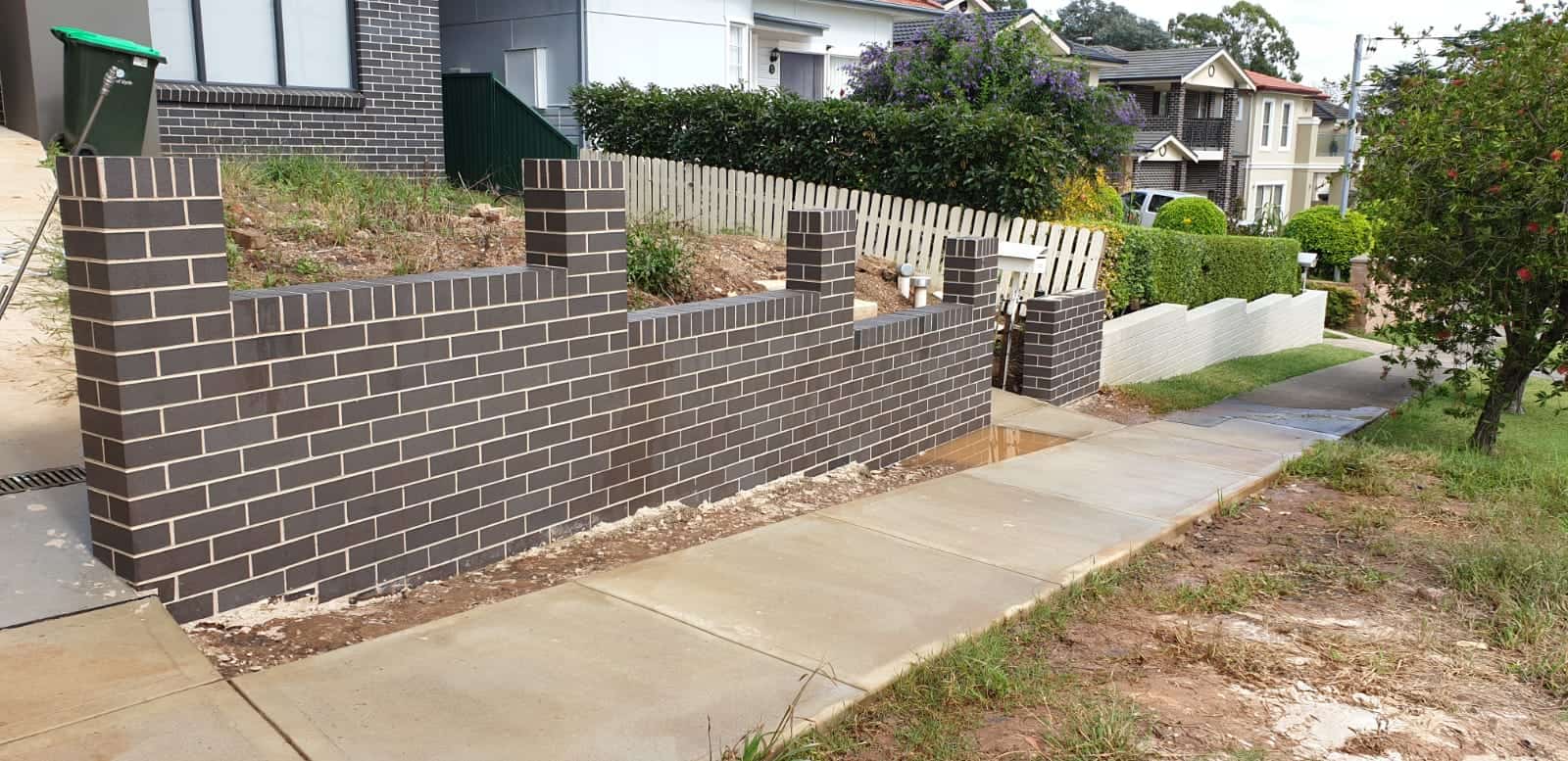Brick is a popular choice to cover exterior walls, patios and sidewalks. This is because well-laid brick has a timeless look. However, brick and mortar can lose their classic appearance over time. They can get stained, discolored and become dirty. While a good sealant can help, bricks will eventually need to cleaned.
Before you try to clean brick walls, it is important to know what operating pressure you will be using. The strength of older bricks and grout is less than that of newer construction materials. Using too much pressure can cause cracks in bricks and grout. This can lead to interior water damage, headaches, and other serious problems.
Brick is porous and therefore not waterproof. The brick absorbs water much more if the facing material is removed during cleaning. Brick that is damaged will begin to decay years sooner than if it was kept in good condition. The sealant was applied to the brick patio or siding when your home was constructed. Sealant can be damaged by some cleaning methods, even if it is intact. Bricks are more susceptible to damage if the sealant isn’t reapplied every two years.
A brick house can be damaged by pressure washers. High-pressure pressure settings are not recommended for brick washing. You may not realize the brick is damaged for several years. Although the delamination process is slow, it cannot be stopped once it begins. As it begins to crumble, all bricks on your patio or house will need to be replaced.
Brick cleaning should not be done in a tight pattern. This can cause brick damage. According to an article by Ibstock, a brick manufacturer, any nozzle smaller than 25 degrees is not recommended. Remember to use lower pressure. Too much pressure can cause brick and mortar to crack easily. You should not exceed 1000 PSI for light-colored bricks. High pressure can cause bricks to look different. A hot water pressure washer may suffice for brick cleaning. The rotating arm will have 2 to 4 nozzles at the ends. Although the flow rate (GPM), of the pressure washer will differ between the nozzles attached to the arm, the pressure will not change.
Alternative methods of removing dirt, stains and paint from historic buildings surfaces can be more effective and less damaging than using abrasive techniques. A low-pressure water washer is the best way to remove dirt from building surfaces. Use a bristle brush (never made of metal) to scrub areas that are more stubborn. You can also use steam cleaning to clean historic fabric. The steam or low-pressure water will soften the dirt, causing the deposits to rise to surface level. They can then be washed away.
Weathered brick houses or other landscaping surfaces will be damaged by a pressure washer. Pressure washing at high pressure will blast away any loose material, particularly on older structures. This method is better than a pressure washer to remove hard water stains from brick. You will need to patch the mortar joints between bricks at least seven days before you start cleaning. This will stop water from seeping between bricks and causing mold growth in your walls.
A pressure washer that is not used properly can cause damage to wood and concrete, or even stone. You should never misuse this powerful stream of water. Follow the instructions and care to ensure you are following all safety precautions. Click here to find out about pressure washing techniques, how to choose the right nozzle tip for your job, and what each type of pressure washer is. You can also find out more.
Exterior bricks are best cleaned on cloudy days. You will be less concerned about the cleaner drying or evaporating on the surface the cooler it is outside. Before cleaning, spray all plants, shrubs and grass nearby with clean water.
Last Thoughts
Bad cleaning techniques and the incorrect cleaning agent can permanently ruin the appearance of brick buildings. It is crucial to use the right cleaning techniques for best results. The following advice can help you to reduce brick cleaning problems.


Comments are closed